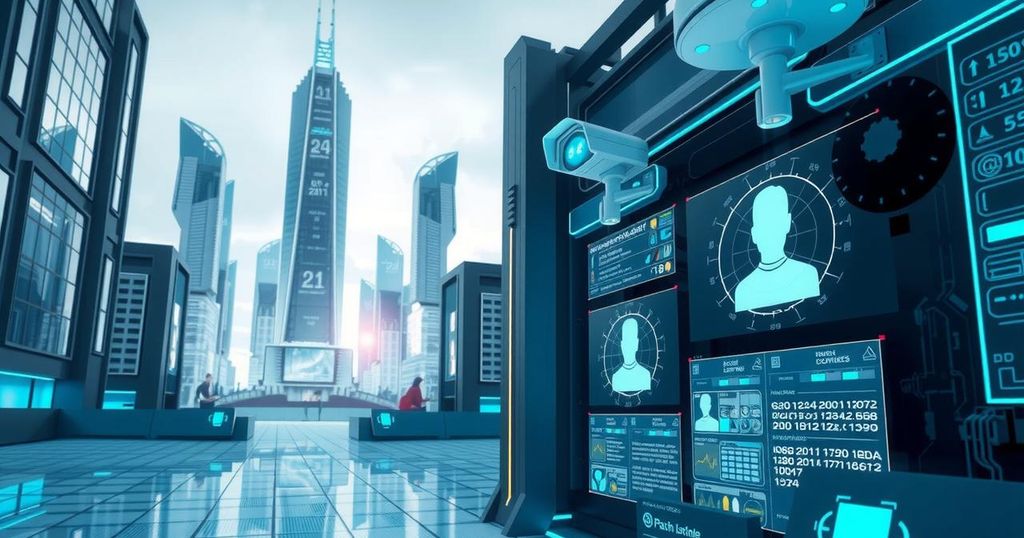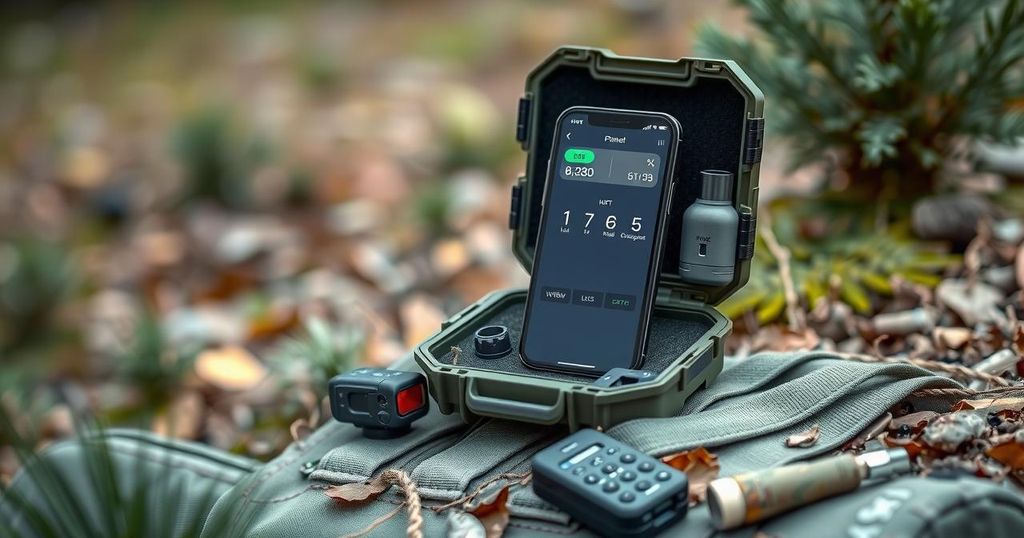Toronto police are seeking a new facial recognition system, with eleven vendors competing for the contract. The initiative aims to improve accuracy and integrate with existing databases while addressing concerns over privacy and bias. This tender raises ongoing debates about the implications of facial recognition technology in law enforcement.
Toronto police have opened a tender for a new facial recognition system, receiving interest from eleven biometrics vendors, including notable companies such as Idemia and NEC Corporation of America. This five-year contract aims to develop a system that integrates smoothly with the existing internal mugshot database while improving accuracy to reduce false positives and enhance the processing of partially obscured images, handling 8,000 to 10,000 images annually.
Currently, Toronto Police Services (TPS) employs NEC’s Neoface Reveal technology, yet its search functionality remains manual. Idemia is already contributing as a biometrics partner, supplying the Automated Fingerprint Identification System to TPS and surrounding police forces. ROC is another vendor with experience in providing facial recognition technology to various law enforcement agencies.
The consideration of facial recognition systems in Toronto has raised concerns among privacy advocates regarding potential misuse and issues of bias, particularly in relation to racial and demographic factors. Studies, including the 2018 Gender Shades project, support worries about inaccurate identifications, particularly affecting women and marginalized groups. Testing by the National Institute of Standards and Technology (NIST) corroborates these findings, indicating significant disparities in error rates across different demographics, although some algorithms demonstrate improved accuracy.
According to Toronto police, the new contract signifies an upgrade rather than a fundamental change in current operations. The RFP emphasizes advancements in the facial recognition technology sector and expresses a desire to enhance processes for evaluating images while assuring that the application scope remains unchanged. This situation exemplifies a complex dilemma, as police departments aim for enhanced facial recognition capabilities amid critiques concerning privacy and efficacy.
In summary, Toronto police are exploring advancements in facial recognition technology, attracting bids from several prominent providers amidst civil rights concerns. The emphasis is on improving accuracy and integration with existing databases while addressing issues of bias highlighted in multiple studies. As the landscape of facial recognition evolves, ongoing dialogue will be essential to balance technological benefits with privacy rights.
Original Source: www.biometricupdate.com





